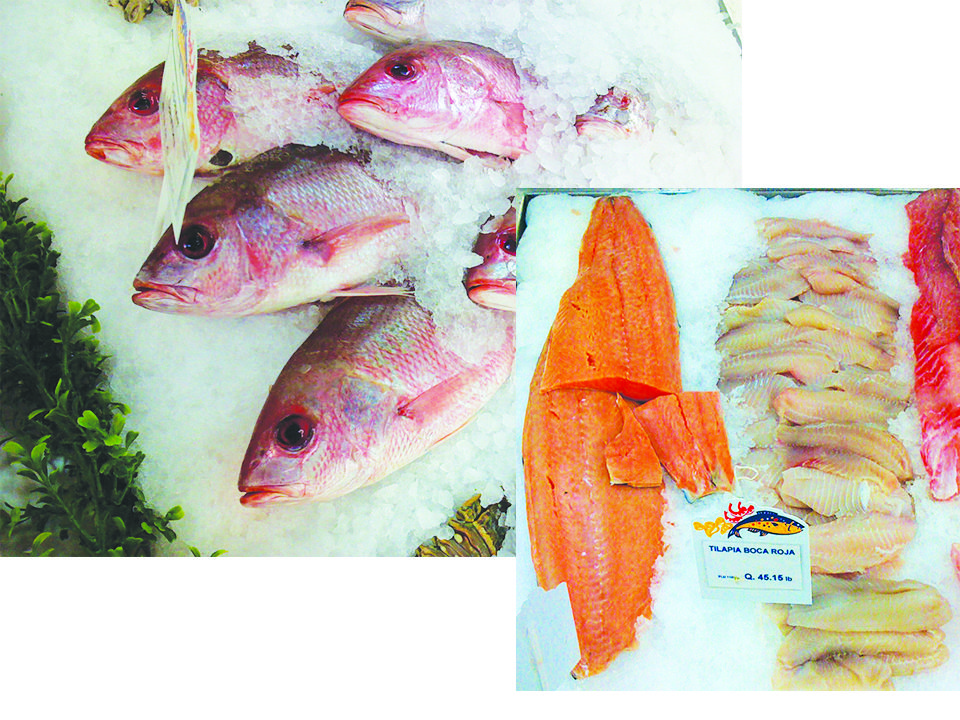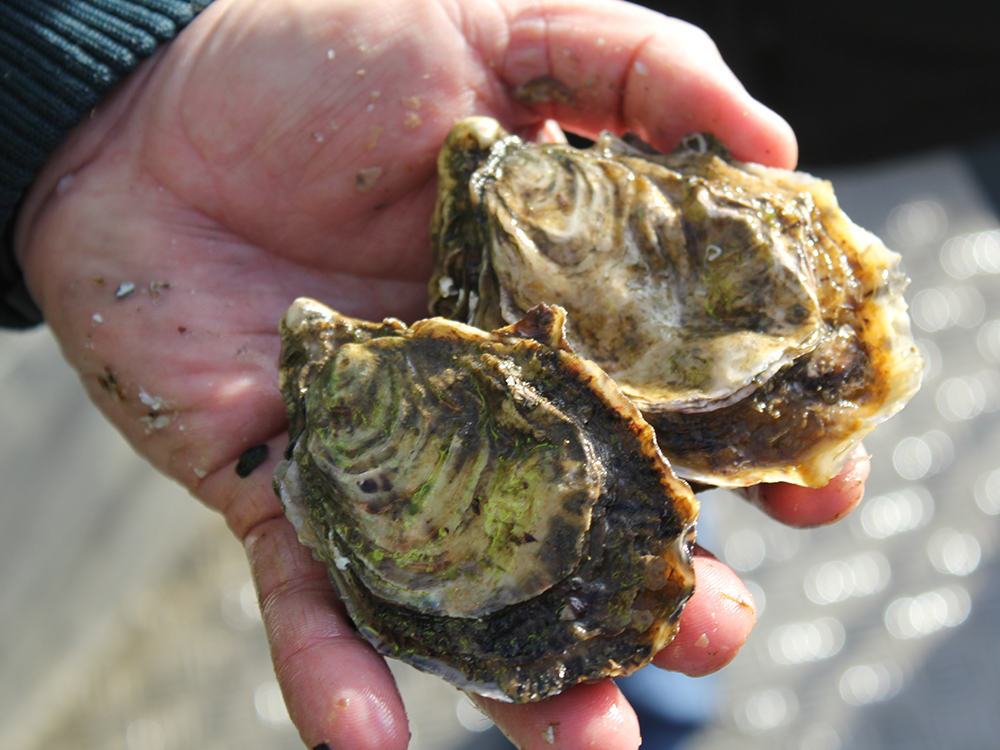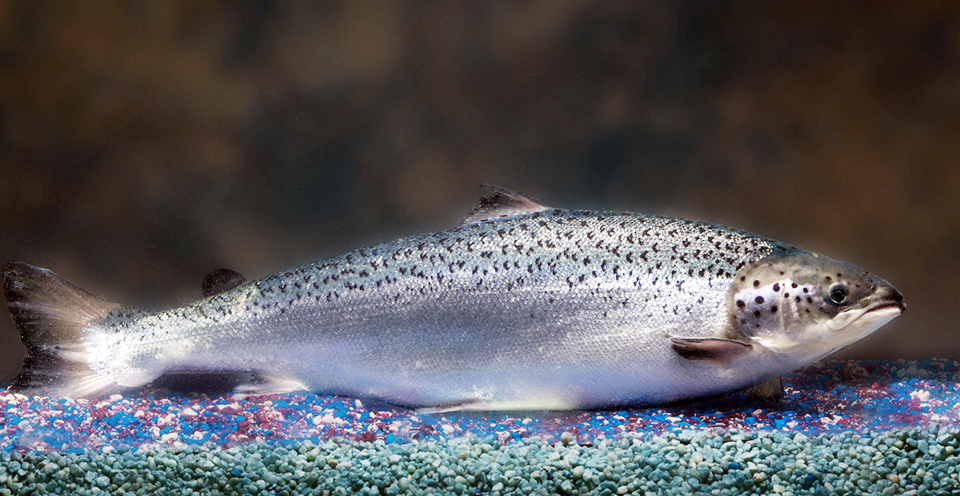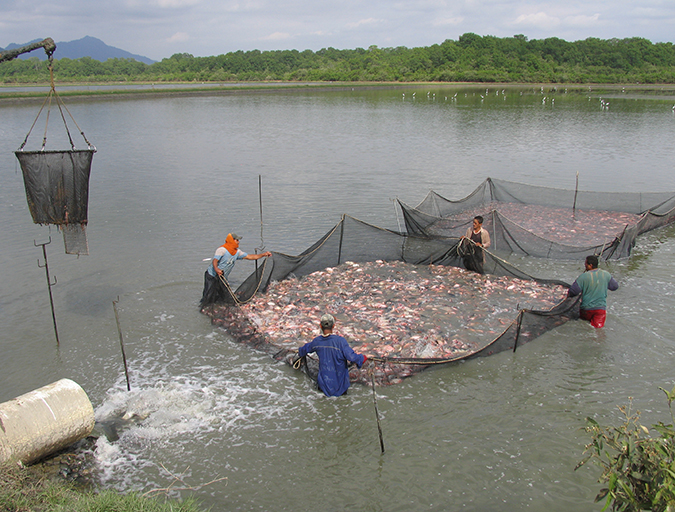Essential element promotes health, counters mercury

The roles of selenium in human health are only beginning to be understood. Researchers are learning this trace element is essential for immune function and is required for the function of vital tissues such as brain and hormone-producing organs. Tissues such as pituitary and adrenal glands, ovaries and testes are protected from oxidative damage by enzymes that require selenium in order to function.
Recent studies in the United States found increased selenium intake can cut the incidence of prostate cancer in half. The low selenium status of people living in certain regions of China make them more susceptible to viral illnesses such as hepatitis C, but selenium supplementation increases their resistance and diminishes the risk of developing liver cancer.
Finland has added selenium to its fertilizers to increase selenium levels in food products, and Sweden has found that adding small amounts of selenium to lakes can diminish the amount of methylmercury present in the water bodies’ fish by more than 75 percent in just three years. Many nations are making efforts to import foods with higher selenium contents and paying premium prices for selenium-rich foods.
Fish: brain food, source
Fish has always been recognized as “brain food” by traditional cultures, and recent research appears to confirm this observation. In addition to being a great source of omega-3 fatty acids, ocean fish are among the richest sources of dietary selenium. Out of 1,100 foods ranked in order of selenium contents by the United States Department of Agriculture, ocean fish are 17 of the top 25 sources.
Although seafood is universally considered a healthy source of protein, some epidemiological studies have reported harm to children from maternal seafood consumption, while other studies found increasing consumption of ocean fish beneficial. Why is it so difficult to reconcile these contrasting findings? One reason relates to how seafood safety is assessed.
Seafood safety
Several studies have examined seafood for the presence of methyl-mercury. Yet indexing seafood safety exclusively on the basis of how much methylmercury it contains can lead to the impression that all seafoods are potentially harmful because they all contain some methyl-mercury. This is certainly not the case, but the perception arises because people with poor understanding of biology tend to mistakenly believe that if exposure to a lot of something is harmful, so is exposure to a little.
When discussing the mercury issue, it is important to keep things in perspective. There are many health benefits from seafood that need to be considered, and when ocean fish are eaten, it is foolish to forget about them. Selenium provides some of these benefits.
Mercury sequesters selenium
Among the host of critical functions performed by selenium-dependent enzymes (selenoenzymes) in tissues such as brain and hormone-producing organs, one of the most crucial appears to be protecting them from oxidative damage. Mercury, however, can reduce the oxidative protection.
A new hypothesis that mercury “sequesters” selenium is strongly supported by research that helps explain numerous aspects of the molecular mechanisms of mercury toxicity and selenium’s protective effects against mercury toxicity.
When mercury sequesters selenium in the body, selenoenzyme activities are impaired, and increasing oxidative damage occurs in vital and vulnerable tissues such as brain. However, if there is a sufficient supply of dietary selenium to offset the amount lost to mercury sequestration, normal rates of selenoenzyme activity can be maintained and oxidative damage is prevented.
Maternal exposure to methyl-mercury can be harmful to developing children if the amount of mercury in the mother’s bloodstream prevents selenium from being consistently delivered to her developing child across the placenta. If the proper amounts of nutrients are not delivered, the child’s developing brain and body can become nutritionally deficient. Therefore, it is essential for mothers to eat foods that are rich in nutrients such as selenium to maintain healthy brain growth in their developing children.
Selenium-health benefit value
An accurate reflection of seafood safety requires a comprehensive evaluation of the beneficial effects of nutrients in the seafood as well as the amounts of mercury that are present. The Selenium-Health Benefit Value (Se-HBV) has been proposed as a protective and informative seafood safety criterion, since it considers the amounts of both mercury and selenium in fish. Consumers provided with seafood Se-HBVs can easily distinguish “healthy” seafoods from those that are potentially harmful.
Se-HBVs are positive for beneficial seafoods and negative for those that are potentially harmful. The magnitudes of the values are directly proportional to their health-promoting or harmful effects. The Se-HBVs of typical varieties of ocean fish are highly positive, but negative Se-HBVs are characteristic of seafood such as mako shark that are considered harmful at certain levels of consumption.
Studies show variant Se-HBVs
Studies performed in New Zealand and the Faroe Islands that reported the harmful effects of consuming seafood high in methylmercury formed the basis of warnings about maternal consumption of seafood. But look at the seafood consumed and measured in these studies. The New Zealand studies measured shark meat that contained up to 4.4 ppm mercury, and the pilot whale meat eaten in the Faroes contained an average of 3.3 ppm mercury. The Se-HBVs of these meats are highly negative, ranging around -100.
In contrast, studies conducted in the Seychelles found no harmful effects of maternal fish consumption from their methylmercury exposure. This has perplexed some researchers because the average mercury exposure of mothers in the Seychelles was actually greater than that in the Faroes.
Part of the reason no harmful effects were seen in the Seychelles was undoubtedly because the ocean fish their residents ate contained far less mercury than the sharks of New Zealand or the pilot whales of the Faroe Islands. But here is the other factor: The rich amounts of selenium and relatively low levels of mercury in fish consumed in the Seychelles resulted in an average Se-HBV calculated at 173.
U.K. study
The most recent and by far largest study of the effects of maternal seafood consumption on child outcomes was performed in the United Kingdom. The number of mothers and children included was larger than all of the other studies combined, and the number and variety of child performance measurements done on each child were far more extensive. The study was also the first done on mothers who ate moderate amounts of typical varieties of seafoods. Therefore, the findings of this study are very applicable to seafood-eating populations in the rest of the world.
The U.K. study found that the scholastic and social performances of children were proportional to the amount of seafood their mothers ate during pregnancy. Children of mothers who avoided eating ocean fish during pregnancy were more likely to have lower intelligence quotients and poorer social and scholastic abilities.
The Se-HBVs for the white fish (87), oily fish (288) and shellfish (233) consumed in the United Kingdom are all positive. Therefore, finding health benefits in mothers who consumed these seafood would be expected.
(Editor’s Note: This article was originally published in the March/April 2008 print edition of the Global Aquaculture Advocate.)
Now that you've reached the end of the article ...
… please consider supporting GSA’s mission to advance responsible seafood practices through education, advocacy and third-party assurances. The Advocate aims to document the evolution of responsible seafood practices and share the expansive knowledge of our vast network of contributors.
By becoming a Global Seafood Alliance member, you’re ensuring that all of the pre-competitive work we do through member benefits, resources and events can continue. Individual membership costs just $50 a year.
Not a GSA member? Join us.
Authors
-
Nicholas V.C. Ralston, Ph.D.
University of North Dakota
Energy & Environmental Research Center
P.O. Box 9018
Grand Forks, North Dakota 58202-9018 USA -
Laura J. Raymond, Ph.D.
University of North Dakota
Energy & Environmental Research Center
P.O. Box 9018
Grand Forks, North Dakota 58202-9018 USA[103,114,111,46,99,114,101,101,100,110,117,64,110,111,116,115,108,97,114,110]
Related Posts

Intelligence
Behold the nutritious oyster
Oysters provide important, natural filtration of water and are an important component of many healthy coastal ecosystems because their active filtering can help improve and maintain water quality. For many coastal communities, oysters are an important food resource and excellent sources of protein and amino acids, zinc, selenium, iron and B-vitamins.

Intelligence
Cooperation across seafood chain can counter mercury reports
Often-referenced but outdated reports have raised concerns over mercury, while in reality, not eating seafood carries greater risk than the minute presence of such chemicals. Cooperation and getting out consistently truthful, positive messages about seafood, the industry will see positive advances.

Intelligence
A brief look at genetically modified salmon
If approved by FDA, fast-growing genetically modified salmon will provide a safe and nutritious product similar to other farmed Atlantic salmon.

Responsibility
Addressing safety in Latin America’s tilapia supply chain
Over the last decade, the experience gained by many tilapia farmers combined with proficient programs implemented by local governments have significantly improved tilapia production in various Latin American countries like Colombia, Mexico, Ecuador and other important tilapia producers in the region.


